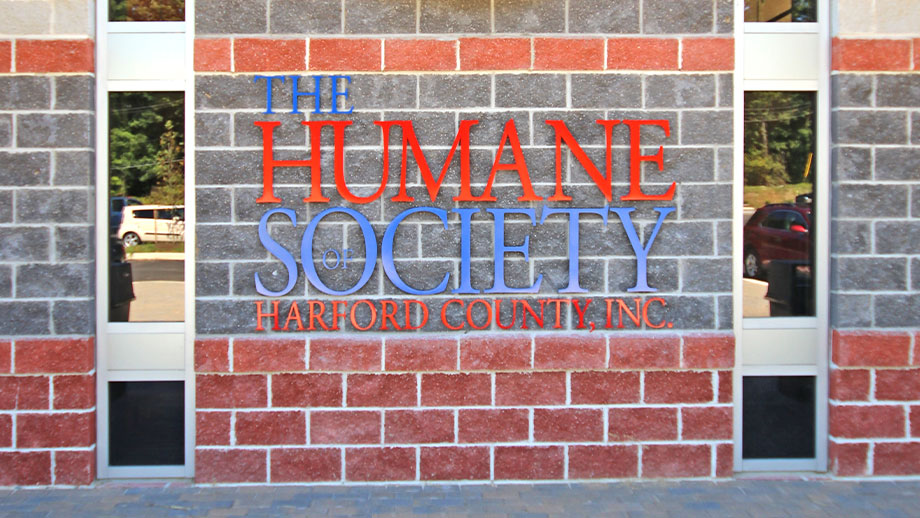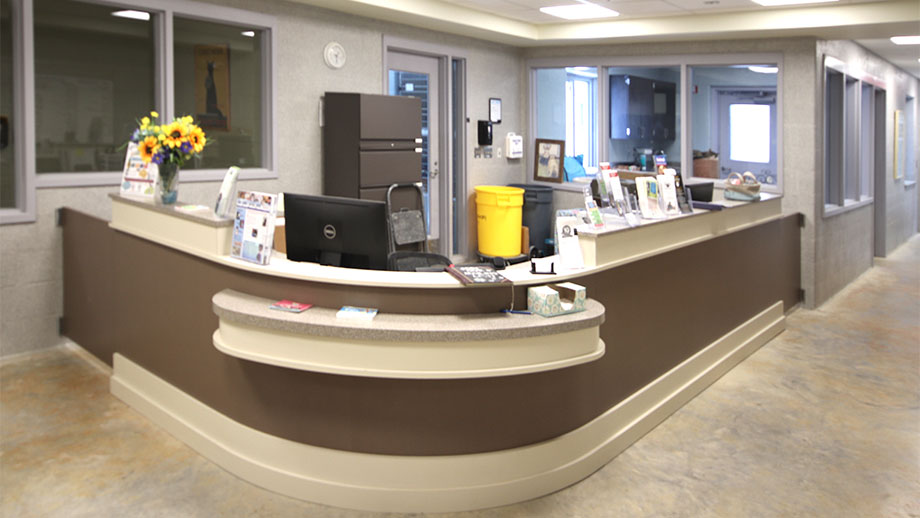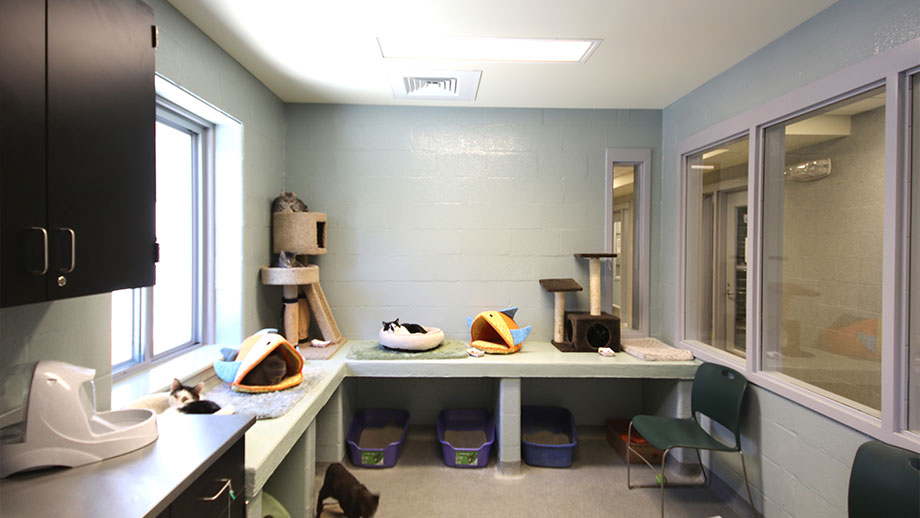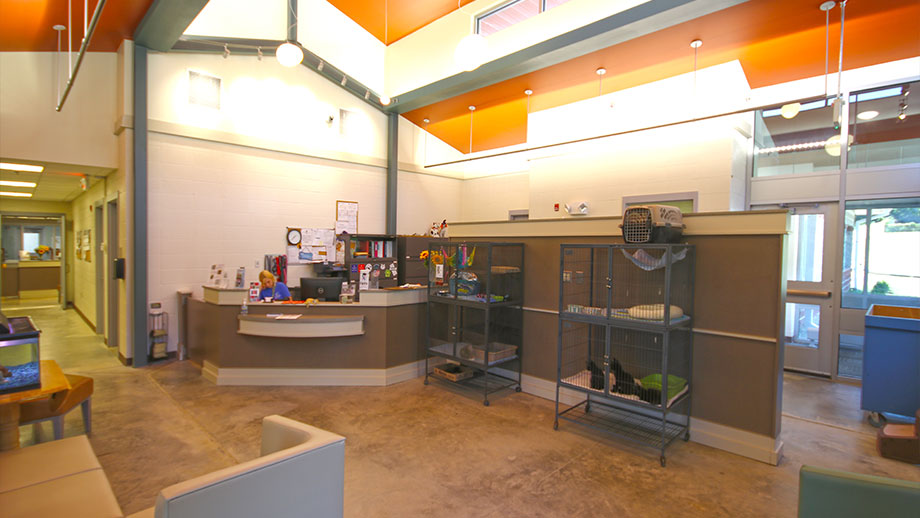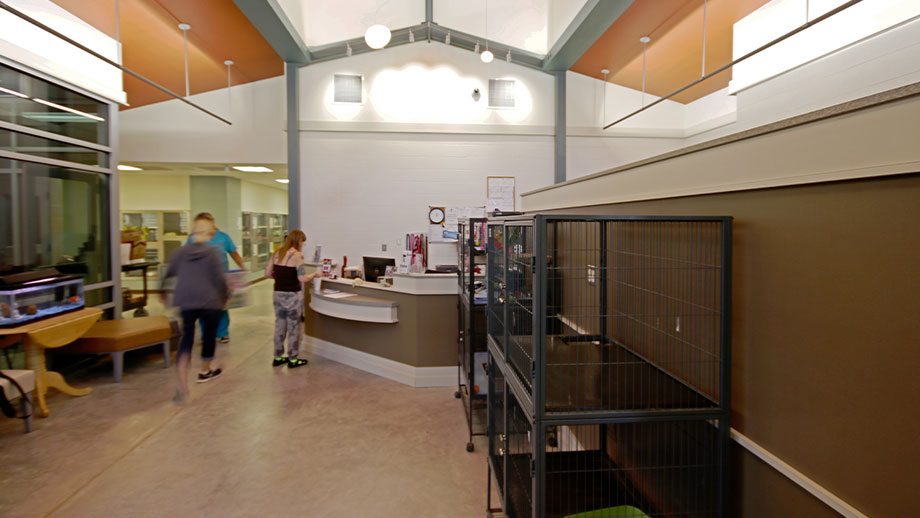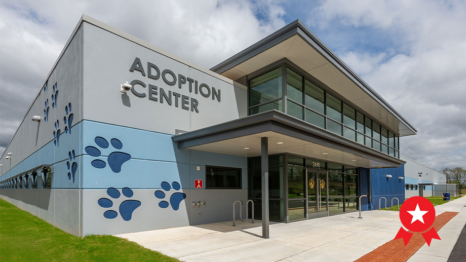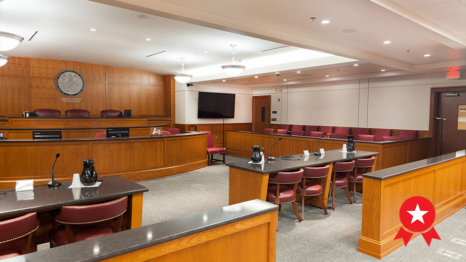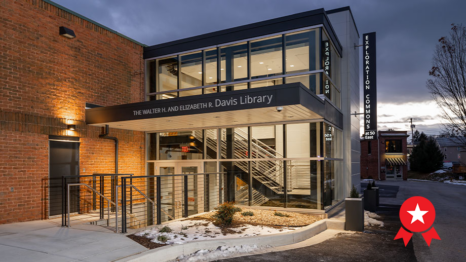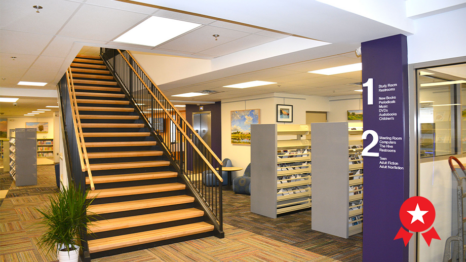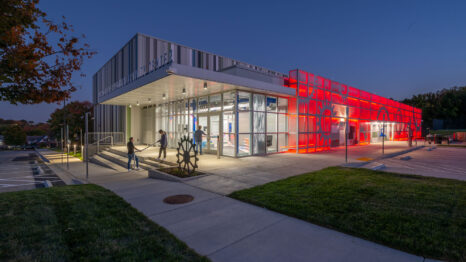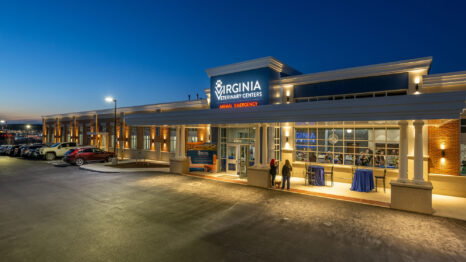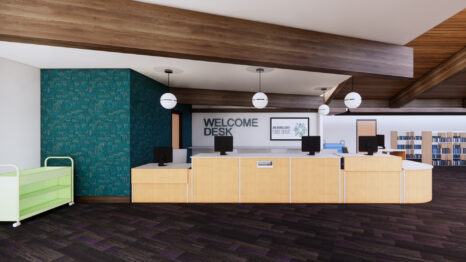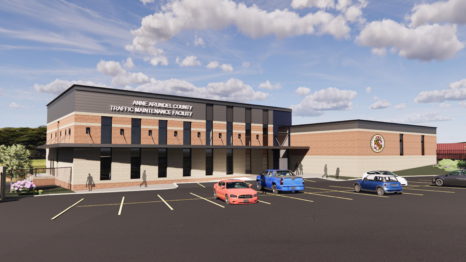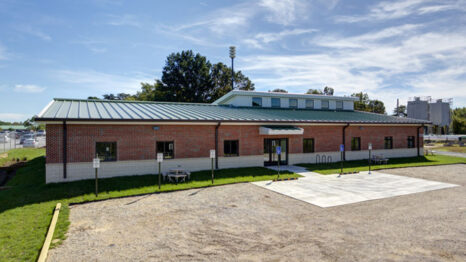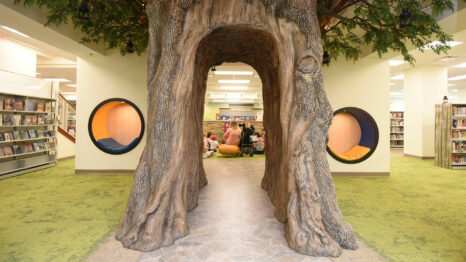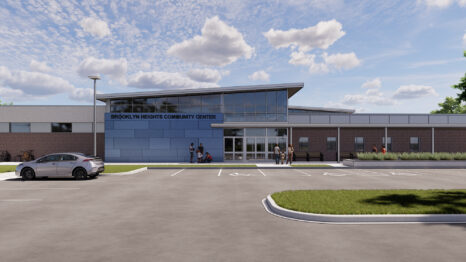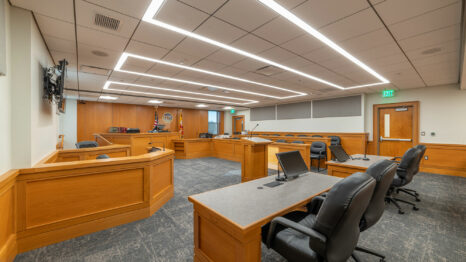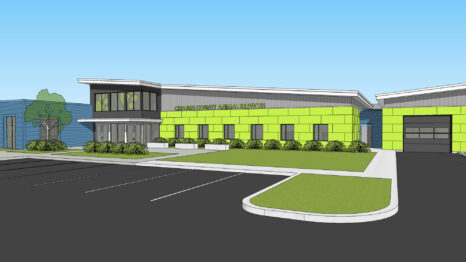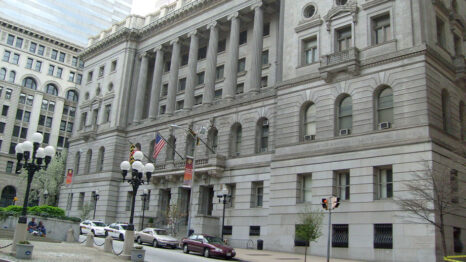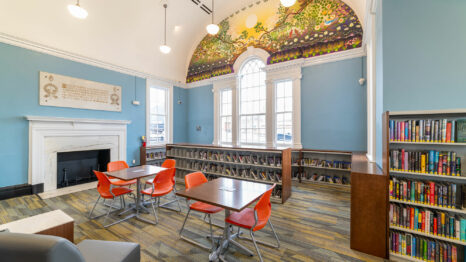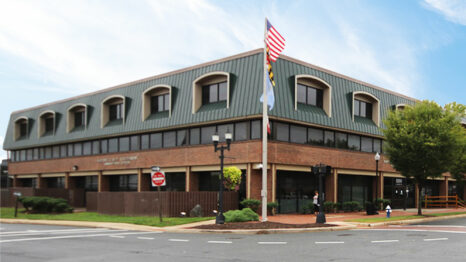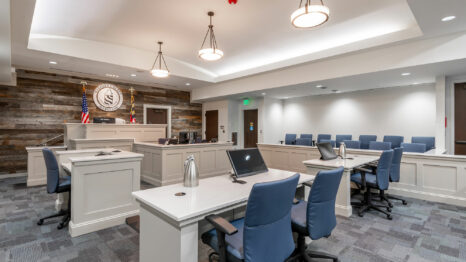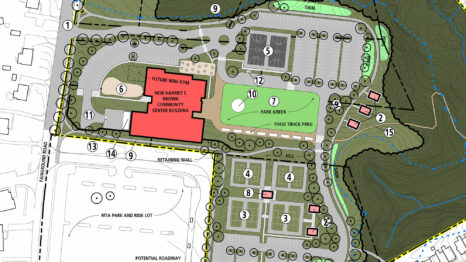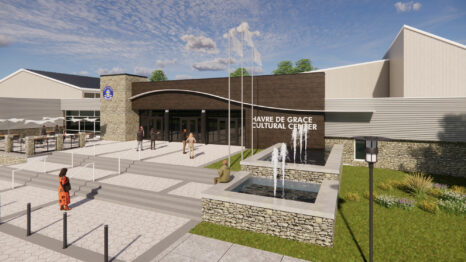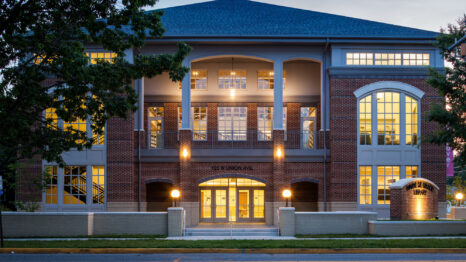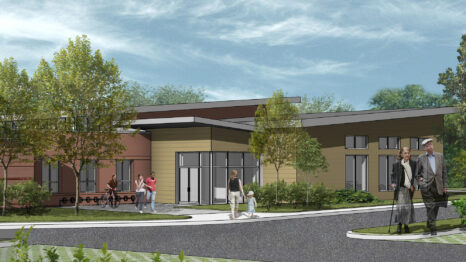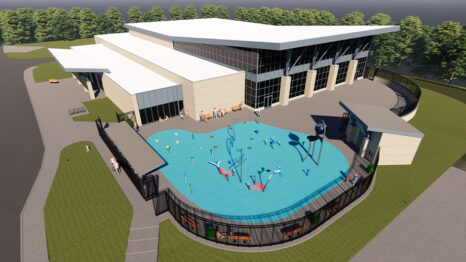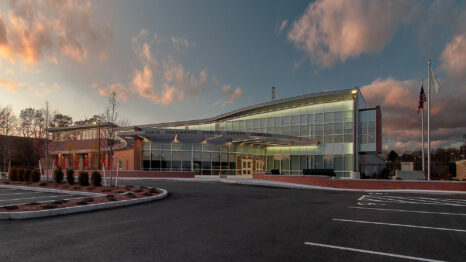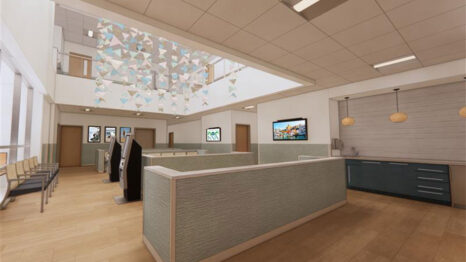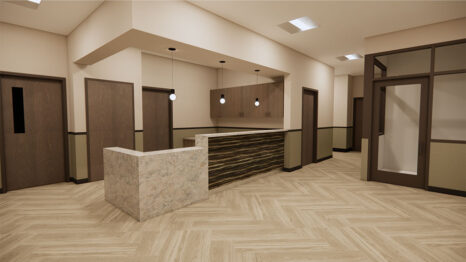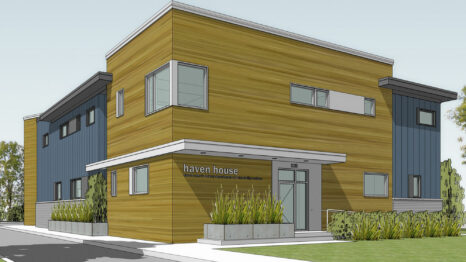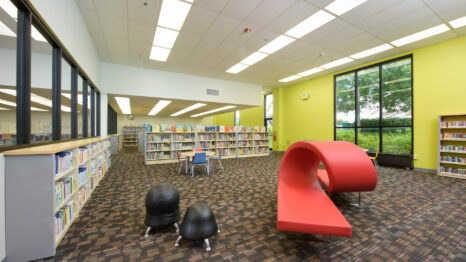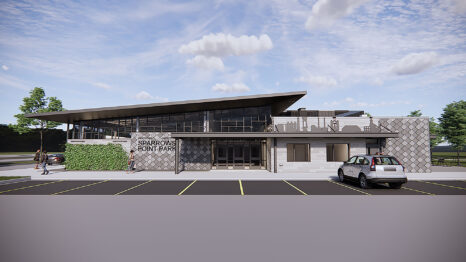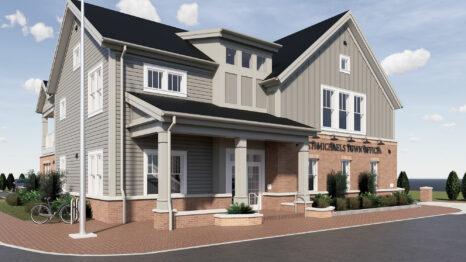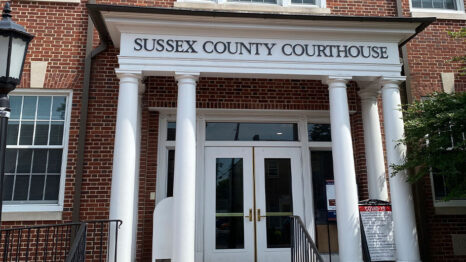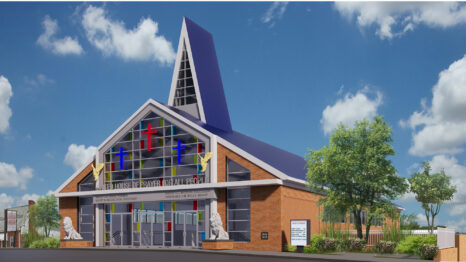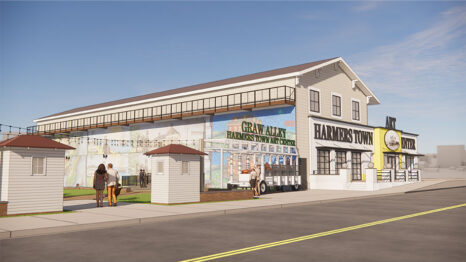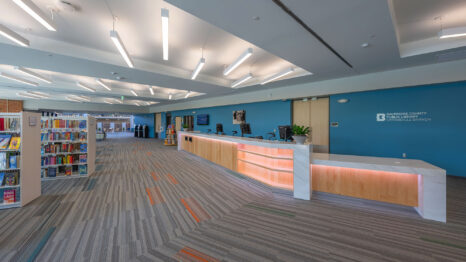Harford County Humane Society
The Humane Society of Harford County promotes the humane treatment of homeless, stray and abandoned animals by providing shelter, care, adoptions and community education. The Humane Society currently handles approximately 1,451 dogs and 3,287 cats per year. The existing shelter will be demolished with the new facility to be located on the same site. The Humane Society of Harford County was formed in 1947 by a dedicated group of citizens in Fallstown (Fallston) led by Mrs. Elsa Voss. By 1948, Mrs. Voss and a group of her friends found a permanent home for the pets in an old farmhouse on Connolly Road. Twelve more kennels, with indoor and outdoor runs, were added in 1961. A decade later a front lobby with a reception area was added to the building. Today, the Humane Society remains in the same buildings, with minor modifications.
A feasibility and building program study was provided by Shelter Planners of America which examined the current status and the future needs of the shelter. Using this study, the design was created for the projected future needs for the shelter, with a large emphasis on the health of the animals and occupants and creating a warm and inviting space to increase adoption rates. Using the program and design goals a design of a new 19,908 sq. ft. single story facility for the Humane Society of Harford County was created. It houses many new and beneficial features that the current facility just cannot provide. For example, forty-two dog kennels, each with outdoor runs, and two cat community free-range rooms, each with their own outdoor area. All of the outdoor areas are cover for wet weather use. Rooms for the community to have personal time getting to know possible adoptive animals, and the facilities circulation helps promotes the public to walk the entire building with view to all of the animals. There are administrative areas and animal intake areas that are designed for quick, efficient, and healthy intake processes. The use of natural daylight was incorporated not only for the building’s occupants (two and four legged) but also to create a warm and welcome feeling which has been proven to help with adoption rates. Each animal room is finished and slope to allow for the daily cleaning and promote a healthy environment. The mechanical systems in the animal rooms are also design so there will be no cross-contamination and complete fresh air intake. The facility is also designed to handle a possible outbreak yet still be able to run and have access to animals for the public to adopt.
